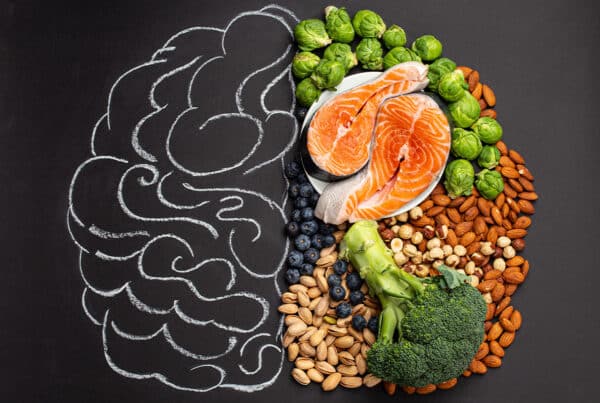We’ve been discussing the dangers of prescription drugs for quite some time and are so pleased this subject is gaining attention and becoming part of the national conversation about substance abuse. For so long there have been misconceptions about the safety of prescription drugs, mainly because they’re doctor prescribed, FDA approved and legal.
As a society, it’s prudent for us to understand the threats of these drugs. The fact is that prescription drugs are highly addictive and the affects can be acute and even fatal when misused. And, the dangers of prescription drugs do not discriminate.
According to the National Institute on Drug Abuse, persons ages 65 years and older comprise only 13 percent of the population, yet account for more than one-third of total spending on prescription medications in the United States. This group is more likely to be prescribed long-term and multiple prescriptions, and as a result, experience cognitive decline which could lead to improper use of medications. Additionally, those on a fixed income may take another person’s remaining medication to save money which in it of itself has adverse health consequences.
On the other end of the age spectrum, kids ages 12 – 17 abuse opioids, or pain relievers such as Hydrocodone, OxyContin, Percocet and Morphine, more than ecstasy, cocaine, heroin and methamphetamines combined. Nearly half of teens under the age of 15 have used prescription drugs. The most common reasons are to party and fit in, manage their busy lives and the stresses, achieve focus when studying or taking tests and to lose weight.
Here is an eye opening MSN article about the rise in U.S. deaths from drug overdose and findings from research conducted by the non-profit group Trust for America’s Health.
If you are the adult child of an older parent, consult with your parent’s doctor and pharmacist so that you can be their advocate and know the right mix of prescriptions they should be taking. If you’re the parent of a teen, watch for any changes in your child’s behavior and talk to them about the harmful effects of drugs and alcohol on their bodies and future.



